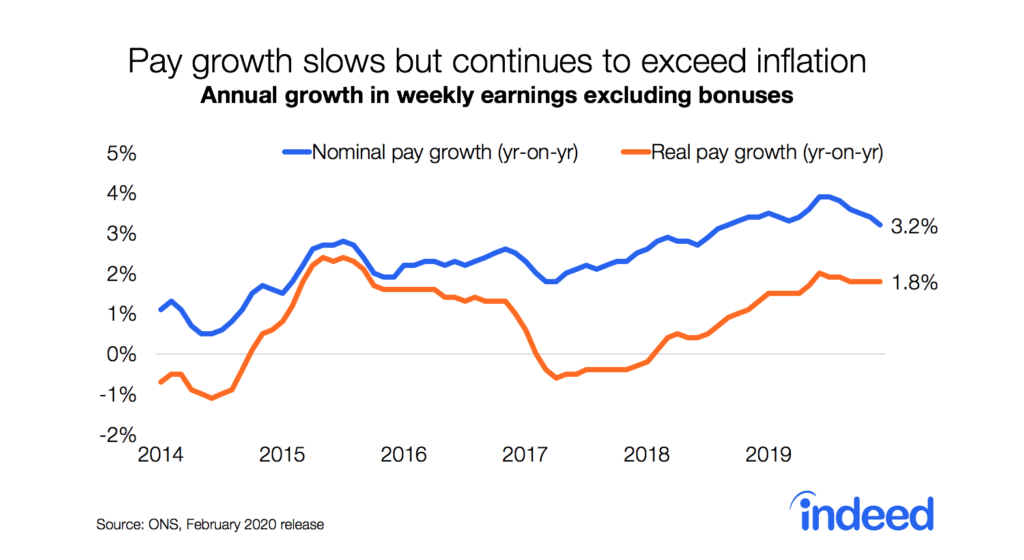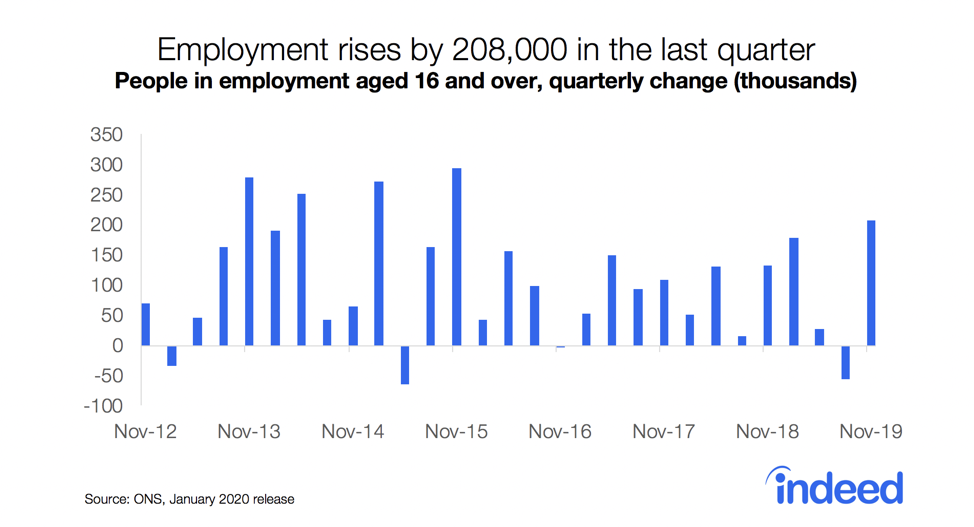Key points:
- One of the most important ways of assessing the labour market is to measure the gap between the skills, interests and experience of jobseekers and the types of workers employers want to hire.
- We can measure such gaps by comparing the jobs employers post on Indeed with the most recent job titles in the CVs jobseekers upload to the site.
- Gaps between supply and demand are especially high in healthcare, social care and tech.
One important way to assess the state of the labour market is to compare how well the skills, experience and interests of jobseekers align with the vacancies employers are trying to fill.
Economists worry that an imbalance between jobseeker qualifications and employer requirements is like sand in the gears of an economy — it creates inefficiency by making unemployment higher and hiring lower than when workers and jobs are well matched. This condition is termed labour market mismatch and it represents a stark contradiction. Even as some employers struggle to bring on candidates who meet their needs, lots of workers find opportunities scarce.
Indeed is uniquely positioned to measure mismatch. Indeed’s UK site has millions of job openings posted and jobseeker CVs uploaded each year. To determine mismatch, we compare jobseekers’ most recent job titles with current job postings. This allows us to see how well matched the pool of active jobseekers is with available jobs.
Mismatch may be especially high for positions for which the required skill set evolves quickly, as often happens in tech. Mismatch may also be high for occupations where demand for workers is growing but entry into the profession struggles to keep up. This is probably why mismatch is high in health and social care, and that could be a problem in the years ahead because an ageing population will boost demand for those services.
One way to mitigate mismatch is to provide workers in fields with relatively few opportunities the skills to take jobs for which demand is higher, like tech and healthcare. But that requires significant government and business investment in training and retraining programmes. And it begs the question of whether workers have the education, time and access to resources needed to make a transition. In other words, is it realistic to expect a former manufacturing employee to move into programming or nursing?
Jobs with the highest mismatch levels
Mismatch can occur in two directions. Some job titles have a lot of candidates relative to available jobs. For certain other titles, it is the opposite — lots of openings but a dearth of candidates. We pinpoint the titles that contribute most to mismatch by finding which have the highest and lowest number of CVs relative to job postings on Indeed.
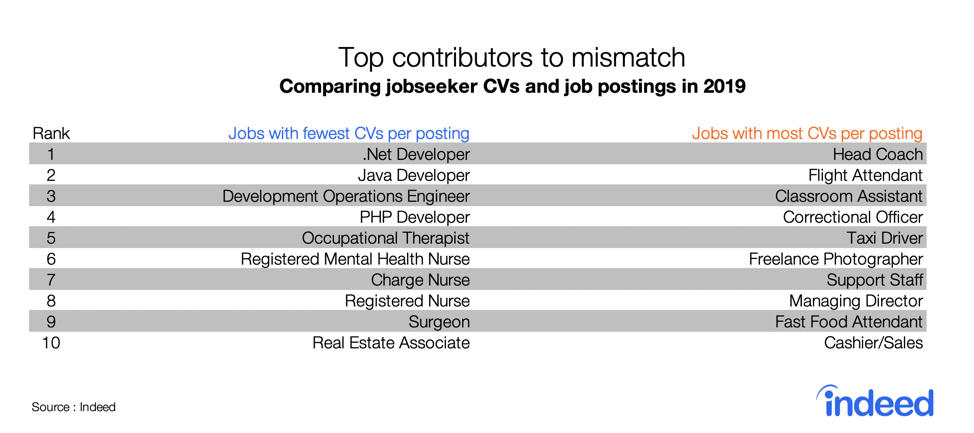
Jobs that appear on CVs in greatest excess relative to job postings tend to be in service industries. Head coach tops the list, followed by flight attendant and classroom assistant.
These are jobs with plenty of qualified candidates, but relatively few openings. With the exception of managing director, they tend to have low education and experience requirements and pay relatively little. For example, the average advertised hourly wage is £8.50 for fast food attendant and cashier/sales — barely above the current minimum wage of £8.21 per hour for workers 25 or over and below the real living wage of £9.30.
By contrast, job titles with the largest number of job postings relative to CVs frequently require higher qualifications or professional licenses. They include such positions as software developer, real estate associate, nurse and surgeon. Most of these jobs are salaried rather than paid hourly and pay tends to be ample. The average annual salary for the top 10 jobs on this list ranges from £28,700 for registered nurses to £61,600 for development operations engineers.
Supply and demand imbalances in health and social care jobs
Mismatch is especially evident in health and social care. Since 2016, the sector’s overall mismatch level has been persistently higher than that of the overall labour market. This is consistent with reports of worker shortages in healthcare, especially in nursing. In addition, some analysts see signs of a workforce crisis in adult social care, which may reflect the occupation’s low pay and demanding schedules.
Indeed data shows more pronounced differences between the pool of CVs and job postings in health and social care than in other job categories. In fact, five of the 10 jobs with the highest number of job postings relative to CVs are in healthcare: occupational therapist, three nursing roles and surgeon.
However, within health and social care, mismatch levels vary considerably. Jobs with lots of postings relative to CVs tend to be those having strict qualifications and long training periods, such as registered nurse, surgeon and physiotherapist.
Employer search patterns on Indeed offer additional evidence of imbalances between demand and supply in these hard-to-fill roles. For example, searches for nursing candidates represent a disproportionate share of employer and recruiter activity in Indeed’s CV database. In 2019, employers and recruiters used nursing-related keywords in 3.6% of all searches in the database, above nursing’s 3.2% share of all jobs posted on Indeed.
By contrast, health and social care jobs with the most CVs relative to postings tend to be in such categories as care assistant and technician, which have relatively lower qualifications and pay. To be sure, in a tight labour market, employers can still have a hard time hiring qualified candidates for these roles. In fact, even for the 10 health and care jobs with the most CVs per posting listed in the table, that ratio is below one, indicating more demand for workers than supply. Nevertheless, the imbalance between employer demand and qualified workers is lower in these positions than in professional medical, nursing and therapist roles.
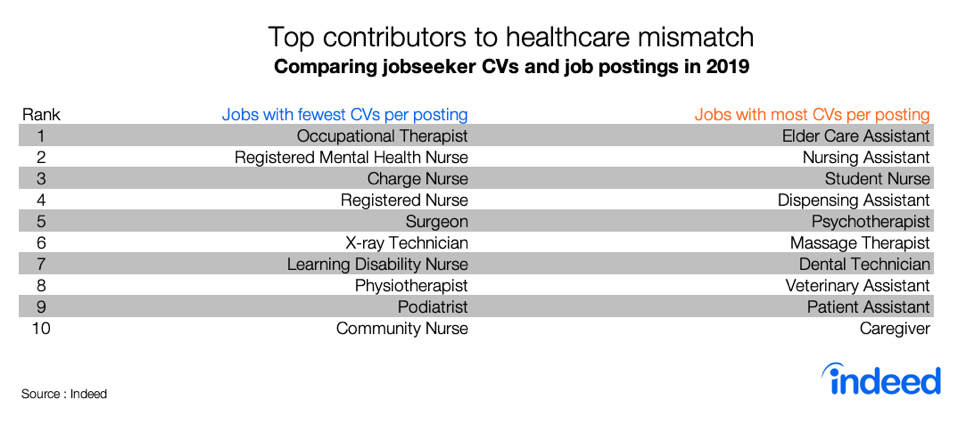
To what extent Brexit is responsible for the hiring difficulties in health and social care, as many commentators have argued? One important piece of evidence is that interest in jobs in the sector from overseas jobseekers has not fallen since the June 2016 Brexit referendum. Between 2014 and 2019, the share of clicks on health and social care jobs on Indeed’s UK site from other EU countries fell from 1.4% to 1.2%, a 14% decrease. But, at the same time, the share of clicks from countries outside the EU increased from 1.2% to 1.5%, a rise of 24%.
Exactly what the role of Brexit has been is a subject of debate. What isn’t in dispute is that candidates from abroad are needed to fill health and social care jobs. In May 2019, the Migration Advisory Committee proposed adding or maintaining a number of health and social care jobs on the Shortage Occupation List, which makes it easier to obtain a UK work visa. These include medical practitioner, nurse, social worker and paramedic.
In addition, employers and recruiters in the sector must work harder to find domestic candidates — and that isn’t easy. For instance, people leaving the nursing register exceeded new registrants in 2017 and 2018, underscoring the crucial role of training and retention.
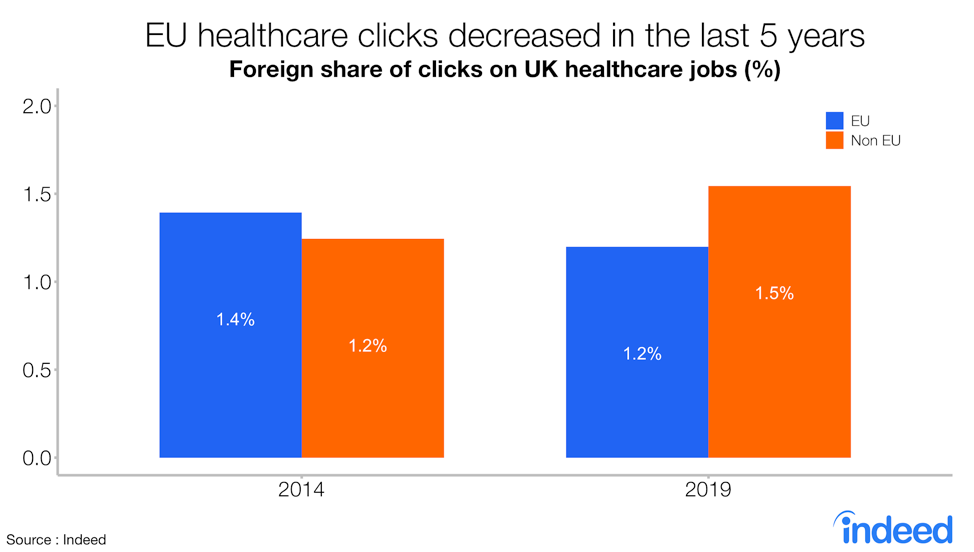
Conclusion
Some imbalance between employer demand for workers and jobseeker skills and experience is always present in any labour market. In a tight labour market like today’s, when unemployment is low and employer demand for staff is high, the gap between what employers need and what jobseekers offer intensifies the challenge of finding qualified workers. As some sectors become less important while others grow, education and training are crucial for keeping a balance between supply and demand. Raising salaries in occupations that experience hiring challenges may also help attract new entrants in the longer term.
Methodology
To measure labour market mismatch, we analysed aggregated and anonymised data on millions of jobs and CVs posted on Indeed’s UK site from January to October 2019, inclusive. We used job titles with at least 250 postings and 100 CVs.



